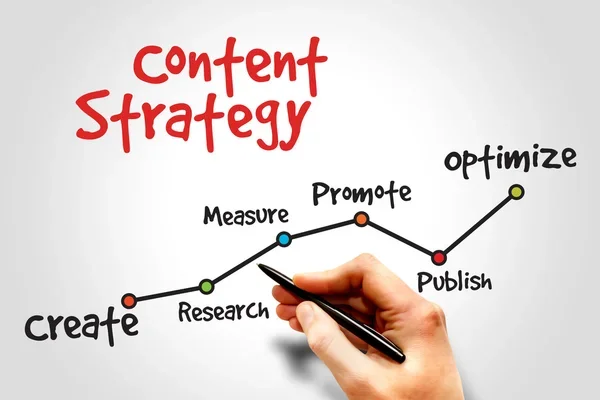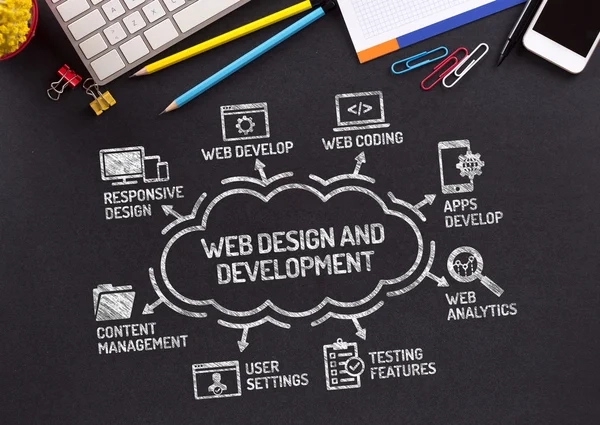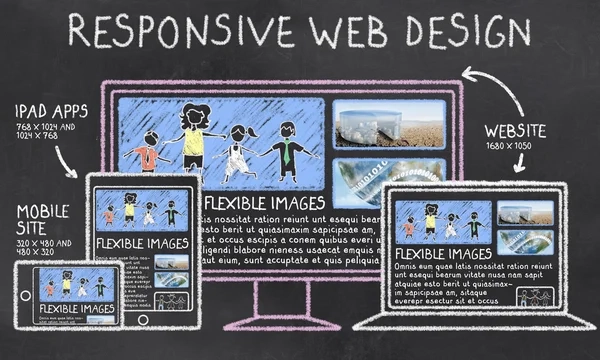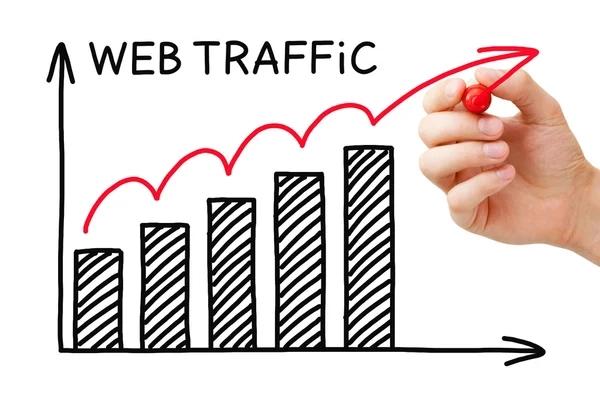Mastering On-Page SEO
A Comprehensive Guide to Boost Your Website’s Visibility

Introduction to On-Page SEO
On-page SEO refers to optimizing web page content and HTML code to improve rankings and visibility in organic search engine results. Unlike off-page SEO, which focuses on other signals like links and mentions, on-page SEO works to help search bots and users better understand your pages’ content and relevance for search queries.
Understanding the Fundamentals
What is On-Page SEO?
On-page SEO encompasses all the elements you can influence and optimize directly on your website pages to make them more findable and rankable by Google and other search engines. This includes:
- Keyword optimization
- Page content, titles & metadata
- Media utilization
- HTML tags and site architecture
- Page speed and performance.
These on-page signals indicate to search engines that your page offers valuable information about particular search queries. By optimizing them effectively, you provide signposts that help boost rankings for targeted keyword phrases.
Importance of On-Page Optimization
Proper on-page SEO optimization is crucial for organizations and websites looking to tap into organic search traffic. With 93% of online experiences beginning with a search engine query, claiming those coveted top search results spots is key to driving site traffic and customers.
On-page factors also play a major role in searcher satisfaction and engagement metrics. So optimizing them effectively enhances user experience – further boosting credibility in search rankings.
The Role of On-Page SEO in Your Digital Strategy
Enhancing User Experience
Beyond pure search rankings, on-page SEO significantly impacts site visitor experience. Fast-loading, mobile-friendly pages with scannable content keep users engaged. Effective interlinking provides intuitive site navigation. Strong metadata gives searchers informative snippets. These UX wins earn higher rankings.
Increasing Organic Traffic
Getting found via organic searches drives targeted, valuable website traffic- customers are intrinsically interested in your offers. On-page optimization tailored around relevant topics and keywords helps surface your brand for those self-interested shoppers, leading to more conversions.

Getting Started with On-Page SEO
Before optimizing your website pages, it’s important to lay the groundwork for an effective on-page SEO strategy. This includes conducting keyword research to identify relevant terms and phrases to target and optimizing key metadata that search engines use to understand and index your pages.
Conducting Keyword Research
Choosing the right keywords and getting found organically becomes much simpler. The terms website visitors use to find your products or content will inform optimization across your page’s content elements.
Identifying Relevant Keywords for Your Content
Pinpoint a core set of 3-5 primary keywords that are:
- High search volume – frequently searched by users
- Relevant to your offerings
- Moderately competitive – attainable rankings
Utilize free tools like Google’s Keyword Planner for this preliminary research.
Utilizing Long-Tail Keywords for Targeted Traffic
Also, identify a larger set of 10-20 long-tail keywords that explain your offerings in-depth by combining multiple search queries into one specific phrase. Though lower volume individually, together long-tail versions can drive significant traffic – and targeted since they describe content more precisely.
Optimizing Meta Tags and Descriptions
Search engines heavily reference page titles, metadata, and snippets to understand website content and how to present it to searchers. Craft compelling page elements here and boost click-through rates after getting found.
Crafting Compelling Title Tags
Keep page titles under 60 characters, placing important keywords close to the front. This tag displays as the clickable blue link in search listings – optimized for skimmability and intrigue.
Writing Engaging Meta Descriptions
Meta descriptions summarize page content in snippets under 160 characters. Though not directly weighted for rankings, compelling descriptions boost click-through rates – driving more qualified organic traffic.

Content Optimization Techniques
Beyond just targeting the right keyword terms, the content you create and optimize plays a significant role in on-page SEO and rankings. Follow these best practices for crafting compelling web copy.
Creating High-Quality Content
Importance of Unique and Valuable Content
Search engines weigh page content’s uniqueness and value when determining relevance and rankings. Avoid duplicating content seen on other pages – provide original text, data, images, or media that offers informational or entertainment value to visitors.
Utilizing Multimedia for Engagement
Pictures, graphics, videos, and other media make content more engaging for visitors. Search engines also favor multimedia-enhanced pages. Ensure compressing files and including descriptive alt text for accessibility and SEO.
Structuring Content for Readability and SEO
Proper Use of Headings and Subheadings
Properly structure content in HTML heading tags H1 down through H3 tags, logically breaking up sections and subsections. Descending the order of tags helps search bots understand page content architecture.
Incorporating Keywords Naturally in Content
Keyword density matters – seamlessly incorporate your primary keywords and long-tail secondary terms throughout page text where relevant. Keyword density should fall between 1-3% to avoid appearing spammy or over-optimized to search engines.

On-Page Technical SEO Best Practices
Beyond content, getting the technical SEO fundamentals right is crucial for on-page optimization. These backend website elements impact page loading speeds, site architecture, and more.
Optimizing URL Structure
Keeping URLs Short and Descriptive
URL slugs serve as accessible page names – aim to keep them short but have them reflect page content with relevant keywords. For example:
https://www.website.com/keyword-focused-page-name
Utilizing Hyphens for Readability
Break apart lengthy slugs with hyphens to enhance readability for users and search engines, improving click-through rates.
https://www.website.com/keyword-focused-content-optimizationImproving Website Speed and Performance
Importance of Page Loading Speed
Faster page speed correlates with higher rankings, engagement, and lower bounce rates. Optimizing performance should be an ongoing priority.
Implementing Compression and Caching Techniques
Compress images, videos, and files for quicker loading. Implement browser and server caching to reuse assets for repeat visitors. Modern web development best practices improve on-page SEO.

Mobile Optimization for On-Page SEO Success
With over 50% of search traffic now happening on mobile devices, optimizing for mobile is mandatory for SEO visibility. Enhance website responsiveness and speed to boost mobile conversions.
Responsive Design and Mobile-Friendly Content
Ensuring Compatibility Across Devices
Utilize a mobile-first indexing approach with a flexible, responsive design that seamlessly adapts site layouts for any device – desktop, tablet, and smartphone. Accommodate smaller screens and touch interactions.
Prioritizing Mobile User Experience
Beyond responsiveness, optimize mobile page speed and enhance content delivery on cellular networks vs wifi. Simplify page architecture and designs while maintaining robust information architecture for search bots.
Leveraging Accelerated Mobile Pages (AMP)
Speeding Up Mobile Page Loading
AMP dramatically speeds up landing page loading on mobile by stripping down page file size through Google’s dedicated AMP hosting infrastructure. Prioritize integrating AMP compatibility.
Optimizing Content for AMP Compatibility
Adhere to AMP project-mandated web component functionality to qualify pages for its speed-focused cache system. Then, optimize content within AMP-specific parameters.

On-Page SEO and User Experience
Beyond search bots, optimizing for actual site visitors impacts SEO through engagement and conversion metrics. Enhance UX with these techniques.
Enhancing Navigation and Internal Linking
Creating Intuitive Site Navigation
Simplify site architecture with intuitive, seamless site navigation. Leverage breadcrumbs and sitemaps to help visitors easily self-serve content. These also boost SEO.
Leveraging Internal Links for SEO and User Engagement
Link relevant related content pages internally to enable natural user flows. This also signals search bots on information architecture associations, helping rankings.
Optimizing Images and Visual Elements
Compressing Images for Faster Loading
Bloated, high-res image files slow down page loading. Compress and resize visual assets without compromising quality. Find the optimal balance between performance and experience.
Adding Descriptive Alt Text for Accessibility and SEO
Well-written alt text summarizes image content and context for those using screen readers. Doing so also provides search bots with more signals into media meaning.

Monitoring and Measuring On-Page SEO Performance
To continually improve, it’s important to track core metrics indicating how your on-page optimization efforts impact search visibility and website traffic. Leverage these methods.
Utilizing Analytics Tools for Insights
Tracking Keyword Rankings and Organic Traffic
Monitor search engine results pages to see where you rank for target keywords. Pair this with analytics traffic sources reporting to correlate rankings with growth or declines in organic visits.
Analyzing User Behavior and Engagement Metrics
Leverage Google Analytics to view pages per session, bounce rates, scroll depth, and other visitor engagement metrics. Connect UX wins to expanding organic reach.
Conducting Regular Audits and Adjustments
Identifying Areas for Improvement
Audit pages regularly to catch new issues impacting load speeds, mobile responsiveness, link rot or content growth. Stay continually aware of optimization needs.
Iterating Strategies for Ongoing Optimization
Treat SEO as an always-evolving process. Continually expand keywords, enrich content, and monitor returns from efforts. Compound gains over time through the regimen.
Conclusion: Elevate Your Online Presence with On-Page SEO Mastery
Optimizing the search visibility of your website pages can seem daunting. But by systematically following core on-page SEO best practices, you set the stage for compounding organic growth over time.
Recap of Key On-Page SEO Techniques
To recap, the essential elements for success include:
- Conducting ongoing keyword research to target high-potential search queries
- Optimizing titles, metadata, URLs, and headings to improve click-through rates
- Crafting unique, multimedia-enhanced content that engages visitors
- Improving technical factors like site speed and mobile responsiveness
- Building internal links and site architecture for better crawlability
- Tracking key ranking and engagement metrics to inform efforts
Empowering Your Digital Growth with Expert On-Page Optimization
As highlighted in this guide, mastering these core disciplines requires significant time and dedication to internal or outsourced digital marketing resources. As an SEO Specialist, I offer customized on-page optimization packages tailored to your website needs.
Contact me for a free assessment!
Ready to Boost Your Website Visibility?
The time is now to start elevating your brand visibility by tapping into consistent streams of organic traffic. Strategic on-page SEO is the fuel for providing that lift. Let me provide rocket-grade expertise to enhance your digital marketing efforts!
Why hire me as an seo specialist?
Why settle for anything less than the best SEO specialist in the Philippines (and the world!)? Partner with me today, and let’s unleash the full potential of your website. Together, we’ll climb the search engine ladder, turn visitors into loyal customers, and conquer your online kingdom! Remember, I’m not just an SEO expert – I’m your strategic partner, your data-driven guide, and your cheerleader in the exciting journey to online success. Are you ready to take your website to the top? Let’s go!